Table Of Content
- Summary of Key Takeaways
- Checklist for Travel in Paris Napoleon’s Tomb
- Napoleon’s Death and Burial on Saint Helena
- The political decision by King Louis-Philippe to return Napoleon’s remains to France.
- Why Les Invalides Was Chosen as Napoleon’s Final Resting Place
- Construction of Napoleon’s Tomb at Les Invalides
- The Dome Church: Housing Napoleon’s Tomb
- Visiting Napoleon’s Tomb at Les Invalides
- The Legacy of Napoleon’s Burial Site
- Nearby Attractions and Things to Do
- The Louvre Museum
- The Musée d’Orsay
- FAQs About Where Is Napoleon Buried
- Conclusion
Many history enthusiasts wonder: Where is Napoleon buried? This curiosity stems from the enduring legacy of one of history’s most renowned figures. Napoleon Bonaparte, the French Emperor who shaped Europe, lies in a grand tomb beneath the golden dome of Les Invalides in Paris.
His burial and reburial, despite his impact, are a fascinating mystery. Why was Napoleon buried at Les Invalides? How was his tomb constructed? This article will uncover the full story of Napoleon’s tomb. We will explore its historical significance, its grand architecture, and its global allure.
On the other hand, if you’re an art lover, the Louvre is your destination. With the Mona Lisa and Venus de Milo, it’s a paradise for fans of world-renowned art.
Summary of Key Takeaways
- Napoleon was initially buried on Saint Helena in 1821.
- His remains were repatriated to France in 1840 and interred at Les Invalides in Paris.
- The tomb’s design, by Louis Visconti, features a red quartzite sarcophagus.
- The Dome Church, with its gilded dome, houses the tomb beneath its center.
- Visitors can access the tomb as part of the Les Invalides complex.
Checklist for Travel in Paris Napoleon’s Tomb
You need some essential things to travel to Napoleon’s Tomb. Here is a checklist for your convenience. You can follow the checklist and make a perfect trip without mistakes.
| CHECKLIST for Paris Napoleon’s Tomb | |
| Get a Travel Adapter | Get Travel Insurance 💰 |
| Book Your Flight Ticket ✈️ | Buy your SIM card in advance 📶 |
| Buy Convenient Luggage 🛍️ | Purchase Comfortable Shoes 👟 |
| Pack Winter Jacket 🧥 | Take Documents Wallet 👝 |
| 🏨Hotel Booked | 🎫Buy Tickets- Top Paris Attractions |
| Booking.Com | Napoleon’s Tomb (Book Now) |
| Airbnb | Eiffel Tower (Book Now) |
| Hostel World | Louvre Museum (Book Now) |
Napoleon’s Death and Burial on Saint Helena
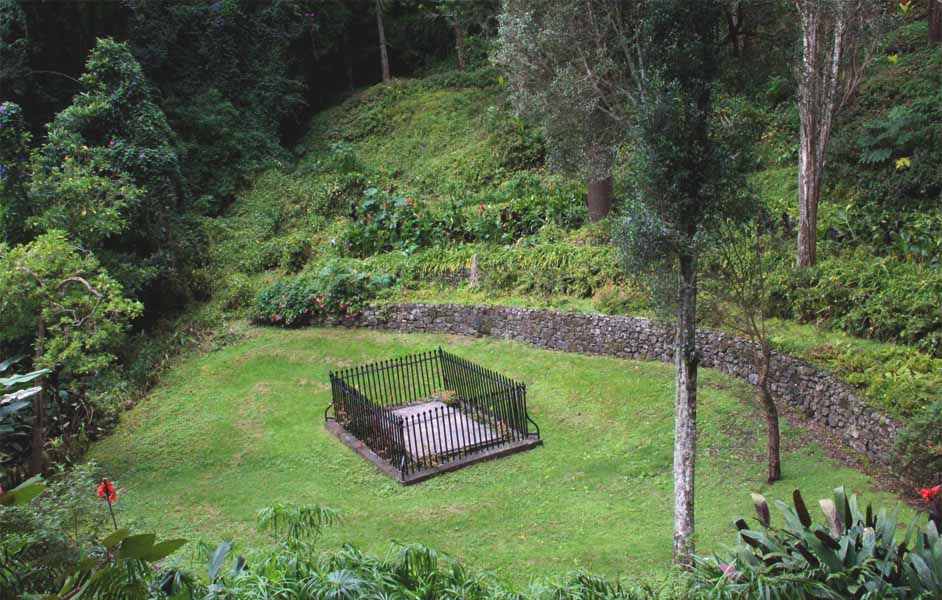
After his defeat at Waterloo in 1815, he was exiled to the remote island of Saint Helena. However, in 1840, his mortal remains were exhumed and brought back to France. On December 15, 1840, they reburied Napoleon in a grand tomb at the Hôtel des Invalides in Paris.
It is beneath the dôme des Invalides. His burial site is a symbol of his lasting influence. Thousands visit it each year to honor Emperor Napoleon.
Napoleon’s death on 5 May 1821, and his initial burial.
Napoleon Bonaparte died on May 5, 1821, in Saint Helena. He had stomach cancer. He was buried in a simple grave with a plain slab. Napoleon’s burial site was marked by willows. They symbolized his isolation and his modest, final years on the remote island. In 1840, Napoleon’s mortal remains were exhumed and returned to France. He was reburied in a grand tomb beneath the dôme des Invalides.
The political decision by King Louis-Philippe to return Napoleon’s remains to France.
In 1840, King Louis-Philippe decided to repatriate Napoleon’s remains. He hoped to unite France’s factions and strengthen his rule. This event called the “Retour des cendres,” involved the exhumation of Napoleon.
It remarkably well-preserved body from Saint Helena Burial. His remains were taken back to France on the frigate Belle Poule. A grand procession welcomed them in Paris upon arrival. Then it culminated in Napoleon’s reburial beneath the dôme des Invalides.
The journey from Saint Helena to Paris.
- The journey from Saint Helena
In 1840, they exhumed Napoleon’s remains from Saint Helena. They then placed them aboard the frigate Belle Poule for the journey back to France. The voyage took several months, with the ship making stops along the way.
- After Arrival in France
In France, a grand procession greeted Napoleon’s remains. They were taken to Paris, where he was buried beneath the dôme des Invalides. This symbolized his enduring legacy.
Why Les Invalides Was Chosen as Napoleon’s Final Resting Place
Les Invalides was chosen as Napoleon’s final resting place due to its historical and symbolic significance. Originally built by Louis XIV as a home for wounded soldiers. The site became a fitting tribute to Napoleon’s military legacy. His burial there showed a bond between the Emperor and France. It secured his place in the nation’s heart.
Historical Significance of Les Invalides

Napoleon’s final resting place is Les Invalides. It has great historical and military importance. As a site that honors France’s military legacy, it is a fitting location for the Emperor’s tomb. The design of Les Invalides and the return of Napoleon’s remains in 1840 increased its historical significance in France.
Here I show the historical significance of chosen Les Invalides as Napoleon’s Final Resting Place:
- French History: A key symbol in France’s military heritage.
- Military Leader: Honors Napoleon’s legacy as a renowned military leader.
- Tomb Architecture: Grand design reflecting the emperor’s status.
- Repatriation of Remains: Solidified Napoleon as a national symbol.
Symbolism of Napoleon’s Burial in Paris
Napoleon’s burial in Paris carries profound symbolism. It reflects his lasting legacy and the unification of France’s factions. By being laid to rest beneath the dôme des Invalides, Napoleon was placed in the heart of the nation. This solidified his status as a pivotal figure in French history.
The Symbol of Napoleon’s Burial in Paris:
- National Unity: His burial symbolized the reconciliation between the Bonapartist and royalist factions.
- Enduring Legacy: Reinforced Napoleon’s lasting impact on French history and military power.
- Symbolic Reconnection: Positioned in Paris, it bridged his leadership with the nation’s identity.
- Reverence: His tomb became a national symbol, attracting homage from the French and from visitors.
Construction of Napoleon’s Tomb at Les Invalides
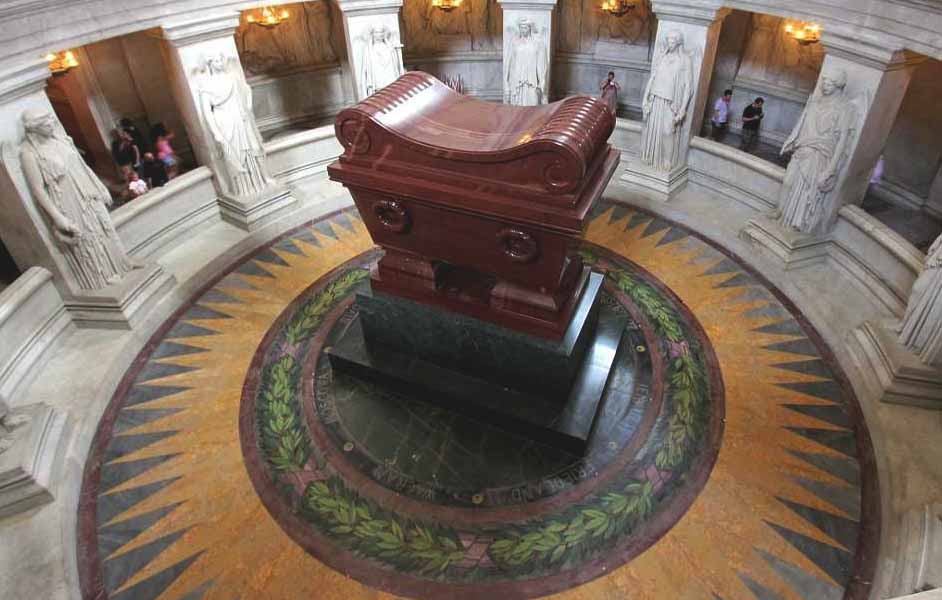
Napoleon’s tomb at Les Invalides was a huge project. It reflected his importance in French history. The tomb’s grand design is a tribute to Napoleon’s legacy as a military leader and national symbol. It was commissioned after his remains were repatriated in 1840. It showcases impressive tomb architecture.
Architectural Design and Plans
Napoleon’s tomb at Les Invalides is a masterpiece of architectural design. It honors his legacy as a military leader. The grand tomb, beneath the dôme des Invalides, reflects his status. The careful planning and details show his importance and link to France.
| Features | Details |
| Architecture | Neoclassical style with a circular shape |
| Design | Grand and imposing, with a central sarcophagus |
| Designer | Architect Louis-Robert Goust |
| Location | Beneath the dôme des Invalides, Paris |
| Size | Large, occupying a central space in the crypt |
| Tomb Details | Red porphyry sarcophagus surrounded by statues |
| Coffin Details | Napoleon’s body was placed in 4 coffins, one inside another, made of lead and wood |
The Role of Architect Louis-Robert Gauthier
Architect Louis-Robert Gauthier was responsible for designing Napoleon’s tomb at Les Invalides. His neoclassical style was chosen to reflect the Emperor’s grandeur. Gauthier’s design honors Napoleon’s legacy. Its grand structure and fine details do so.
The Dome Church: Housing Napoleon’s Tomb

Napoleon’s tomb is beneath the Invalides Dome. This grand building honors his Napoleonic legacy. After his exhumation in 1840, Napoleon’s remains were brought to Paris. They were buried in a grand sarcophagus within the dome.
This tomb became a national symbol. It represents the Emperor’s lasting impact on France’s history and military power. Thousands visit it each year to pay homage.
Visiting Napoleon’s Tomb at Les Invalides
Les Invalides is located in central Paris, near the Seine. Visitors can explore the Dome Church and view its tomb. It is one of the city’s most iconic landmarks.
Tickets include access to the Musée de l’Armée (Army Museum). It further commemorates Napoleon’s legacy. Other notable figures, such as Jérôme Bonaparte, are also buried at Les Invalides.
You can book a ticket to visit the Napoleon’s Tomb with the Army Museum
Book Now: Les Invalides: Napoleon’s Tomb and Army Museum Entrance
Practical Information for Visitors
Visiting Napoleon’s tomb at Les Invalides offers a chance to explore French history and the grandeur of the Invalides Dome. I will make a table for visitors to Napoleon’s tomb at Les Invalides. It will have practical information.
| Feature Info | Details |
| Location | Les Invalides, Paris, France |
| Opening Hours | From 10:00 AM To 6:00 PM |
| Tickets | Les Invalides Napoleon’s Tomb Entrance Tickets Price- €18.00 |
| Public Transport | Paris Métro, Lines 8 & 13, Invalides station |
| Guided Tours | Available for a detailed historical experience |
| Website | napoleon.org for current details and information |
The Legacy of Napoleon’s Burial Site
Napoleon’s tomb at Les Invalides has become a symbol of national pride. It shows France’s lasting respect for the Emperor’s military, governance, and legal skills. The site attracts millions of annual visitors. It is a historical landmark and a place for reflection.
The Tomb as a National Monument
The Tomb of Napoleon, beneath the Invalides Dome, is a national monument. It symbolizes Napoleon’s great impact on France. After the exhumation of 1840, Emperor Napoleon III built a tomb to honor his legacy.
The tomb, visited by Parisian crowds, houses Napoleon’s remains. They are in several coffins and a grand mahogany sarcophagus. It is now a site of historical reverence.
The Influence of Napoleon’s Resting Place on Modern France
Napoleon’s tomb, beneath the Invalides Dome, has shaped modern France. It symbolizes national unity and pride. His 1840 return of the remains and reburial in a grand tomb honored his legacy. It reinforced his role in shaping Napoleon I’s impact on French history. The site remains a symbol of military excellence and a focal point for French identity.
Nearby Attractions and Things to Do
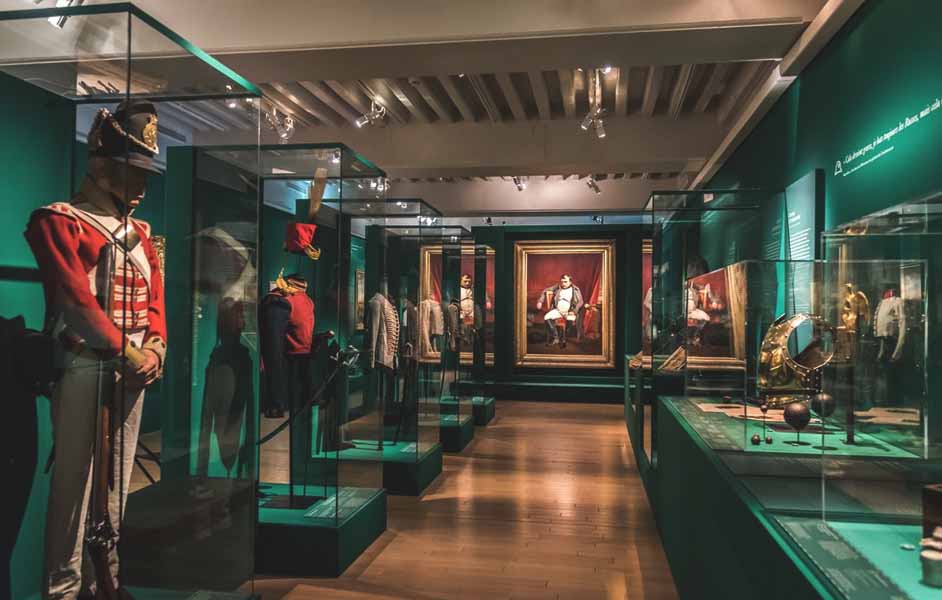
Les Invalides is ideally located near several world-renowned attractions in Paris. Visitors can easily explore other iconic museums and cultural landmarks while in the area. Here I explain some nearby attractions and activities:
Louvre Museum: Visit the world’s largest, most famous art museum. It has the Mona Lisa and other masterpieces.
The Musée d’Orsay: It holds Impressionist and post-Impressionist works in a former railway station.
Musée de l’Armée (Army Museum): Delve into France’s military history, including exhibits on Napoleon’s reign.
The Louvre Museum
The Louvre is a famous Paris attraction. It houses thousands of art pieces, including the Mona Lisa and the Venus de Milo. It is 2 kilometers from Les Invalides. A short walk or metro ride makes it easy to reach. It offers a must-see cultural experience.
The Iconic Art Collection
The Louvre Museum has an iconic art collection. It spans thousands of years and cultures. Some of its most famous pieces include:
- Mona Lisa by Leonardo da Vinci
- Venus de Milo (Ancient Greek sculpture)
- The Coronation of Napoleon by Jacques-Louis David
- The Winged Victory of Samothrace (Hellenistic sculpture)
- Liberty Leading the People by Eugène Delacroix
- The Raft of the Medusa by Théodore Géricault
Napoleon’s Impact on the Museum
Napoleon profoundly impacted the Louvre. He made it a public art museum. Napoleon is important for his impact on French culture and history. He also contributed to the museum. His military conquests brought many artworks to France. They enriched the Louvre and made it a symbol of national pride and culture.
You can book the Louvre Museum tickets to explore the top attractions even The Coronation of Napoleon. Here I mention some popular tickets for the Louvre Museum:
| Ticket Types | Ticket Prices | Booking Link |
| Louvre Museum And Seine River Cruise Tour | €70.77 | Book Now |
| Louvre Museum Ticket with Optional Hosted | $30.85 | Book Now |
| Louvre Museum Exclusive Tour with Meet and Greet | $70.96 | Book Now |
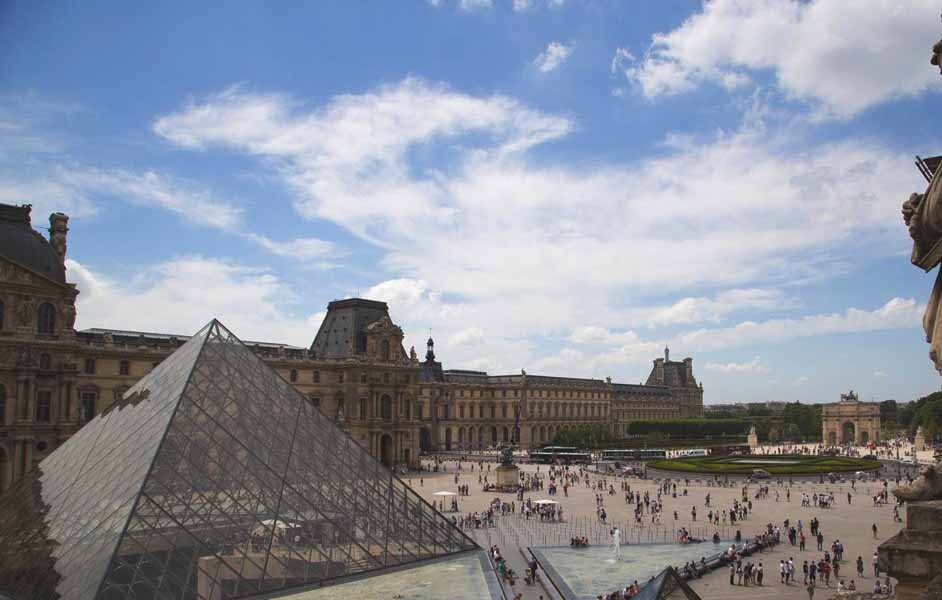
Read More: What to See in Louvre Museum? Best 10 Louvre’s Masterpieces Not to Miss
The Musée d’Orsay
The Musée d’Orsay is a world-renowned museum located on the left bank of the Seine River in Paris. It is in a former Beaux-Arts railway station. It has a vast collection of Impressionist and post-Impressionist art.
It features masterpieces by Monet, Van Gogh, Degas, and Renoir. The museum offers a unique opportunity to explore French art from 1848 to 1914. It is just about 1.5 kilometers from Les Invalides, a short walk or metro ride away.
Masterpieces from the Impressionist Era
The Musée d’Orsay holds famous Impressionist masterpieces. They include works by Monet, Degas, Renoir, and Van Gogh. You can enjoy the era’s vibrant colors and new techniques. The museum offers a unique journey through 19th-century art. It features Monet’s serene water lilies and Van Gogh’s bold brushstrokes.
Don’t miss the chance to see these iconic works—buy your tickets now and experience the magic of the Impressionist era at the Musée d’Orsay!
| Ticket Types | Ticket Prices | Booking Link |
| Musée d’Orsay Museum Audio Guided Access Tour | €30.00 | Book Now |
| Musée d’Orsay Walking Tour With Reserved Access | $43.14 | Book Now |
| Musee d’Orsay Private Tour with an Expert Guide | €655.18 | Book Now |
FAQs About Where Is Napoleon Buried
Where was Napoleon originally buried?
Napoleon was first buried on Saint Helena in 1821.
Why was Napoleon reburied in France?
His remains were repatriated to honor his legacy and reconcile the French nation.
Who is buried with Napoleon at Les Invalides?
Notable figures like Jérôme Bonaparte and military leaders are also interred there.
How much does it cost to visit Napoleon’s grave?
Entry costs vary but typically range from €10–€14, including museum access.
Is Napoleon really buried at Les Invalides?
Yes, his remains were placed there in 1861 under the Dome Church.
Conclusion
Napoleon’s tomb at Les Invalides stands as a testament to the Emperor’s enduring influence on France and the world. From his humble grave on Saint Helena to his majestic resting place in Paris, the story of Napoleon’s burial is one of reverence, reconciliation, and national pride.
Plan your visit to Les Invalides to experience the grandeur of this historical landmark and immerse yourself in the legacy of one of history’s most fascinating figures.



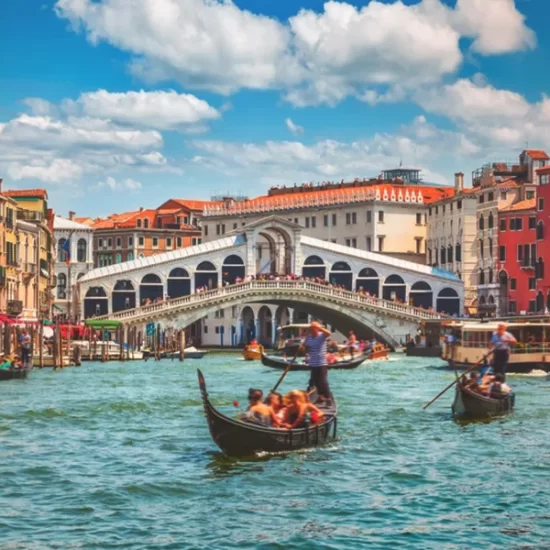




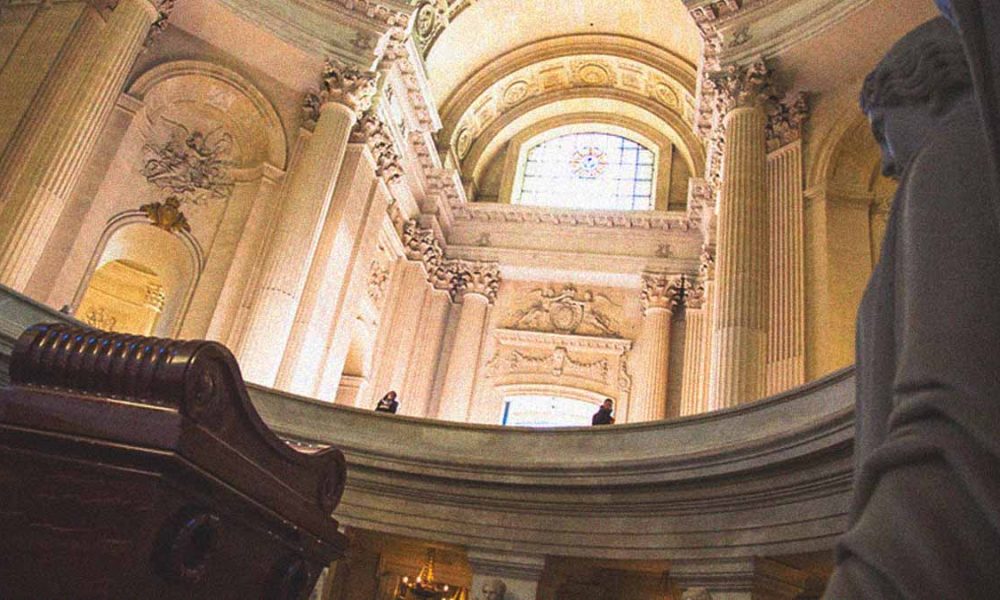



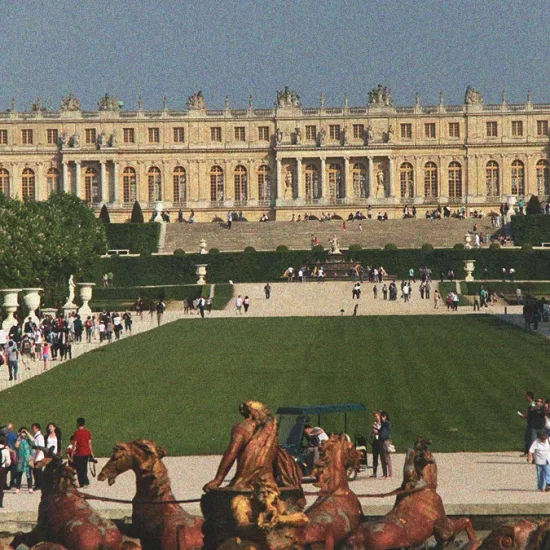

No Comment! Be the first one.